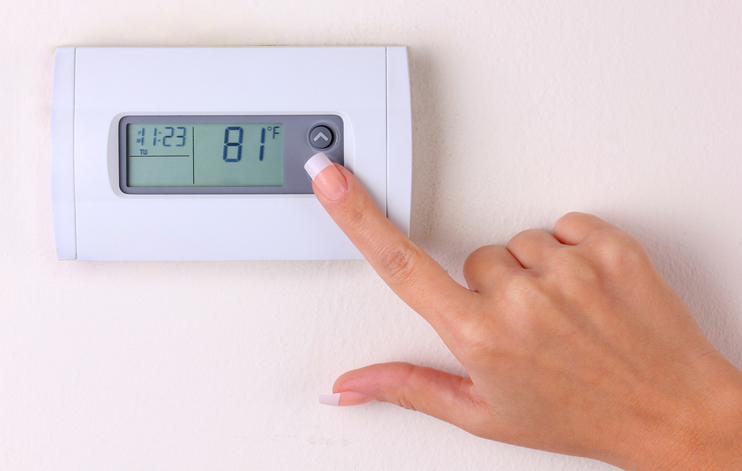
How to Reduce Energy Usage When Your Utility Sends a Energy Conservation Alert
It’s no secret that America’s electric grids are in need of TLC and struggling to keep up with demand at times. As summers come with more heat and storms, people add more devices to their homes and the population grows, the issue isn’t getting resolved in the immediate future.
Utilities around the country are doing what they can to mitigate the problem as they work to shore up electric grids. However, right now the best option in many cases is to make it a group effort.
Energy conservation alerts are becoming increasingly common, especially during sudden heat waves and long periods of high temperatures. An energy conservation alert is a message from the local utility that calls on end-users to reduce usage as much as possible during a certain timeframe, typically the peak usage hours. Conserving energy is completely voluntary, but doing so helps to reduce the likelihood of brownouts and blackouts.
That’s reason enough for a lot of people to dial back their energy use for a few hours. But what should you turn off? Should you cut everything or are there a few big things you should do?
Ultimately, every kilowatt-hour that’s saved makes a difference when the electrical grid is strained. Here’s a breakdown of what to know and what to do when you get an energy conservation alert.
What to Know About Energy Conservation Alerts
Not all electric grids have an energy conservation alert program in place. But when they are used they serve the same purpose and function mostly in the same way.
Typically, a color-coded system is used with alerts to tell you at a glance how serious it is. It’s very identifiable with green meaning no alerts needed, and it progresses from orange to red as the need for energy conservation goes up.
Everything is based on weather conditions are normal or there’s an energy emergency. An energy emergency is any time the utility is having difficulty meeting demand. Once the energy emergency reaches a certain level it will trigger an energy conservation alert. It’s a resource that’s only used when there’s extreme need.
With most energy conservation alert systems, a message is sent out to customers in the utility area via text, email, or both. Customers opt in to receiving the alerts and designate how they can be contacted. The other option is to download an app from the utility that sends alerts.
Ways to Reduce Usage When There’s an Energy Conservation Alert
First off, every little bit helps when there’s an energy emergency. Even just turning off a few lights adds up when many customers are doing it together. However, time is of the essence when you get an energy conservation alert. Fast energy reduction is all about what can be done quickly and what will make the biggest immediate impact.
- If you’re drying clothes, turn the machine off and let the items continue air drying. The clothes dryer is a huge energy hog.
- Set the thermostat to 82 degrees or higher when you leave home if you don’t have a smart thermostat in case you get an alert while you’re away.
- Unplug everything that isn’t in use and turn off electric strips. That way you cut vampire energy use as well.
- Keep the refrigerator on but closed. Every time the door is opened the inside warms up a bit and energy is needed to bring the temperature back down.
- If you have an electric vehicle, delay charging it until the alert is over if possible.
- Get outdoors! When you’re outside during the day there’s no need for lights, air conditioning, TV, and the many other electronics that are at home.
- If it’s too hot outside to truly enjoy yourself, plan to go to a public venue with air conditioning, like a shopping mall, grocery store, or church.
For more ways to reduce your electricity use check out these summer energy conservation tips. You can also stay updated on the latest energy issues at the Spark Energy Blog.



